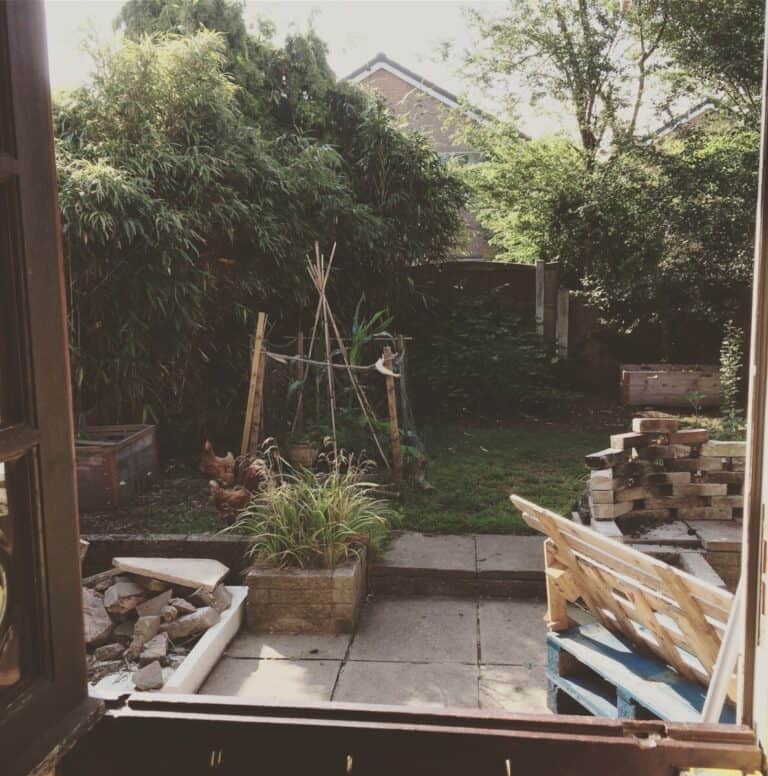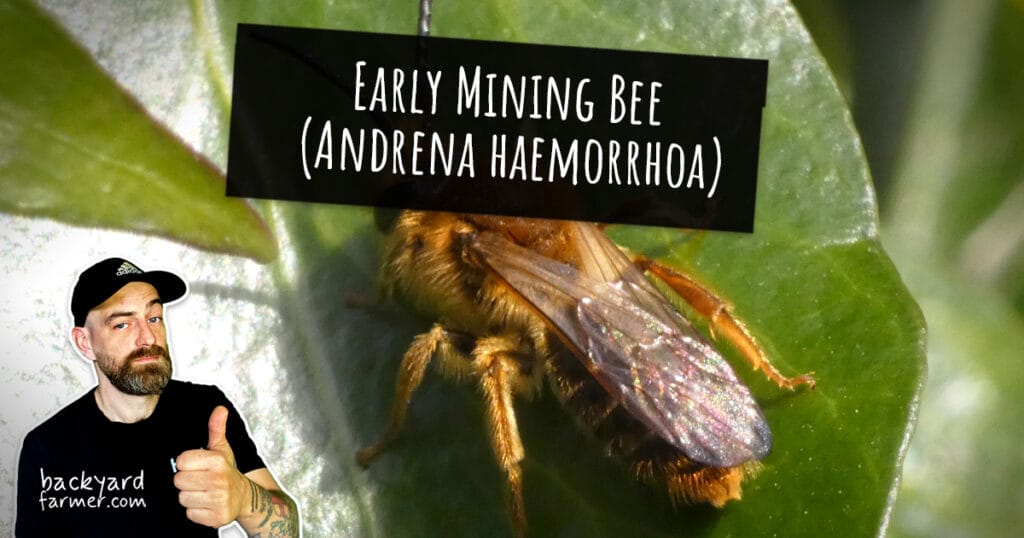Have you wanted to get stuck into foodscaping but you’re not sure how? Well the Backyard Farm is a great place to start. This blog was built from my experience of getting started with foodscaping with very little knowledge to begin with.
Some ways to get started foodscaping are:
- Start little and easy, tomatoes & lettuce are great beginner salads to grow
- Grow what you eat! If you have a favorite food. Read into how to grow it
- Convert a 1m x 1m patch of your yard or garden to start growing some vegetables
- Start with your window sill, build or buy a suitable plant pot and get some herbs growing
- No garden? Ask a neighbor or friend if you can use an area of theirs to grow on
- Herb gardens are a great and easy way into growing edible plants
The benefits of foodscaping
Well there’s the obvious – free food! Who doesn’t like that? Not only is home grown fresh and tasty, it’s also likely to have a higher nutritional value than what’s available in supermarkets. Spending time foodscaping is also time spent outside with nature in most cases. This alone is known to be great for your mental health. Growing food brings you back to earth and helps us reconnect with the natural order of things.
Alternative methods for growing fruit and vegetables
If you don’t have a garden but still want to join the foodscaping revolution you still can! There are a multitude of innovations that can help you grow food in a flat or apartment block. From vertical farming to growing food on the roof terrace there is always an answer.
Some of the most talked about alternative methods for growing food are:
- Vertical farming, this can be used in areas such as yards or balconies to make the most of the space available.
- Window sills can be great areas to grow some vegetables on, I have a yard and still my window sills to grow salads and herbs.
- Hydroponics, Aquaponics & artificial lights – these are a way of growing food without the use of sunlight or even soil! Each uses a set of artificial lights that are set on timers with the roots suspended in faux soil, water or the air!
Projects to get started foodscaping
There are so many ways you can get started foodcaping but we will concentrate on a few of the better ones. If you have a garden space or balcony the best project you can use is called ‘The three sisters’. It’s a combination of 3 vegetable types that support each other as they grow and can be used to make a lovely meal at the end, the three vegetables are Corn, Tomatoes and Squash. For a guide on how to grow the ‘three sisters’ check out this guide.

A herb garden is also a great way to get started growing your own food. Herbs like basil, thyme and chives are easy to grow and useful in the kitchen. You can grow herbs on your window sill, bringing some life into the kitchen with very tasty end results. A homemade pesto is second to none – yum!
Start with your favorite fruit, vegetable or salad! A good place to start growing edible plants is by choosing one or more that you enjoy eating. That way you are more inclined to spend time caring for the plant as it grows and therefore learning how to grow food more effectively. Salads are usually a great place to start as they are easy to grow and taste great, tomatoes are a go to for many beginners.
Foodscaping for beginners
Even if you haven’t grown a single thing before you will be able to get started foodscaping. Even if it’s starting with a single basil plant, building your edible garden step by step is the best way to achieve an ongoing supply of food. Foodscaping becomes a lifestyle and a healthy one at that, all the time outside growing your own food will give you an insight into nutrition and where your food comes from. To get started we have loads of articles on this blog about getting started foodscaping.
Foodscaping books
Foodscaping books? There are some books out there that are specifically about foodscaping ie, the conversion of lawns into arable food growing farm land. You can also use any books that tell you how to grow your chosen crops as this is all ‘Foodscaping’ is – growing food.
Why do people even have lawns?
Lawns used to be a sign of wealth, showing off that you have this land and can afford not to have to grow food on it. Over time it has become a cultural standard for houses to have wasted green patches that could otherwise be growing sustaining foods that help with your health and wealth. The art of foodscaping does not necessarily mean the conversion of all your green areas, just the ones that are not being used.





